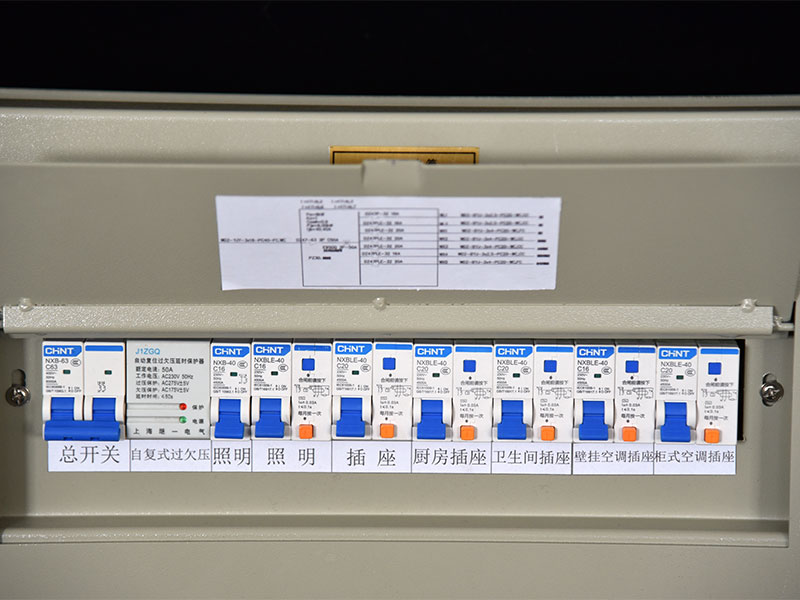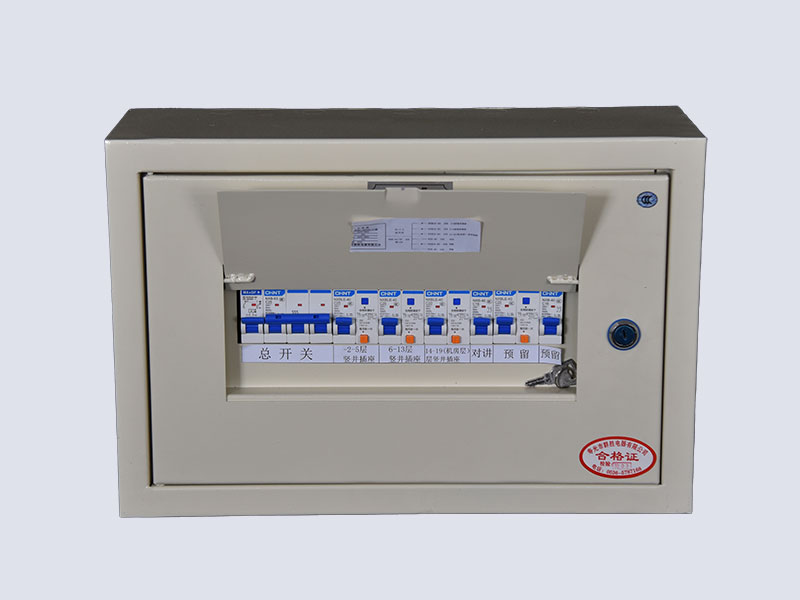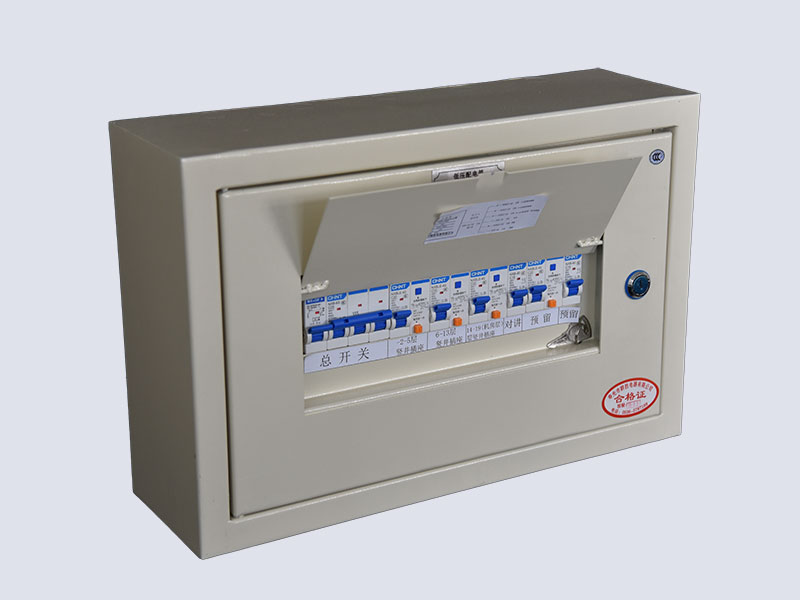At the moment of choosing high voltage distribution cabinet, it's necessary to follow the basic principle of safety, practicality and simplification and strive to choose high voltage distribution cabinet economically, scientifically and reasonably. At the time of choosing a low voltage distribution cabinet, due to the wide variety and different performances, it's necessary to determine the main technical parameters of the low voltage distribution cabinet and low voltage distribution cabinet requirements against main components for optimization selection. The main causes of power supply failures of the distribution cabinet are as follows

The fault caused by improper selection of electrical appliances in the distribution cabinet is not very appropriate due to the improper selection of AC contactor capacity during manufacturing, the installation of AC contactors of the same capacity for different outlet circuits, and the imbalance of three-phase load is not taken into account, and the current level of some outlet contactors is not improved by one current level selection on the basis of the normal selection model, resulting in the burning out of AC contactors during the summer high temperature season. The low-voltage electrical appliances in the fault distribution cabinet caused by the influence of ambient temperature on low-voltage electrical appliances are composed of fuses, AC contactors, residual current action protectors, capacitors and meters. These low-voltage electrical appliances are designed and manufactured in accordance with GB1497 "Basic Standards for Low-voltage Electrical Appliances", and their normal working conditions are specified accordingly: the upper limit of the ambient air temperature does not exceed 40 °C; The average value of the ambient air temperature for 24h does not exceed 35 °C; The lower limit of the ambient air temperature is not less than -5°C or -25°C.

What are the specific requirements of the power distribution cabinet for the power supply system: power distribution equipment, collectively known as the power distribution center. They are centrally installed in the company's substations and distribute electrical energy to subordinate distribution equipment in different locations. This level of equipment is close to the step-down transformer, so the electrical parameters are required to be higher, and the output circuit capacity is also large. Secondary power distribution equipment is the collective name of power distribution cabinet and motor control center. Power distribution cabinets are used in occasions where the load is relatively scattered and the circuit is few; The motor control center is used in occasions where the load is concentrated and there are many circuits. They distribute the electrical energy of a circuit of the upper distribution equipment to the nearest load. This level of equipment should protect, monitor and control the load. The final level of power distribution equipment is collectively referred to as lighting power distribution cabinet. They are located away from power supply centers and are decentralized, small-capacity power distribution equipment.

